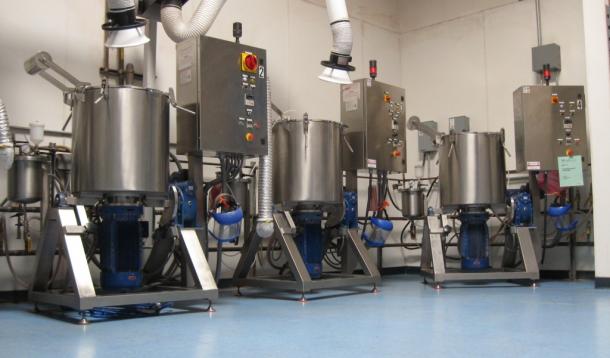
Cosmetic manufacturers have a litany of laws, guidelines, regulations, and policies with which to comply in order to market and sell finished cosmetics in North America.
With global scrutiny, from consumers, it is very important that all jurisdictions be considered for global trade. Many products are now sold in many different markets including the EU, Canada and the US. Manufacturers have to abide by the laws in every selling jurisdiction in order to be able to get their products to market.
International trade agreements help this process; for example when a law is passed in the EU any North American manufacturer selling in the EU must comply with the laws, regardless of place of manufacture.
This, of course, helps products maintain an international standard so consumers can shop with greater ease.
This last month the FDA released a new Best Practices Guideline for American manufacturers and this has a great impact on the Canadian market since the vast majority of cosmetics sold in Canada are produced in the US.
So what’s new for consumers to know:
Raw Ingredient Records must include origin, receipt, examination, testing, disposition, and use
Documentation of all ingredients (name, code, lot number, quantity, etc.) added to the batch
Documentation of all production steps (for example, processing, handling, transferring, holding, and filling)
In-process sampling, controlling, and adjusting steps
Water is used as-is (i.e., directly from the tap) or if it has been treated before being used (i.e., has it been treated by such means as deionization, distillation, or reverse osmosis)
There are established procedures for ensuring that the water used as a cosmetic ingredient
Is of a defined quality
Is not affected by materials used in the water treatment equipment
Is being tested or monitored regularly to verify that it meets applicable chemical, physical, and microbiological specifications for quality
The entire system for supplying water used as a cosmetic ingredient is set up to avoid stagnation and risks of contamination
Stored and handled to prevent mistakes (i.e., mix-ups or selection errors), contamination with microorganisms or other chemicals, and degradation from exposure to excessive environmental conditions (e.g., heat, cold, sunlight, moisture, etc.)
Held in closed containers and stored off the floor
Maintained in containers that are labeled with the identity, lot number, and control status (release or quarantine)
Sampled and tested for conformance with specifications and to ensure the absence of filth, microorganisms, and other adulterants prior to processing or usage (Animal and vegetable origin materials and those produced by cold processing methods should be reviewed for filth and/or microorganism contamination.)
Properly identified and controlled to prevent the use of materials that fail to meet acceptance specifications
So what does all this mean for consumers?
With the new guidelines in place (effective June 2013) the raw ingredient used in cosmetics formulations will be more closely monitored for complete through line checks for consumer safety. While the former system was effective the new system allows for more international sourcing with the control of North American standards of safety to remain in place.